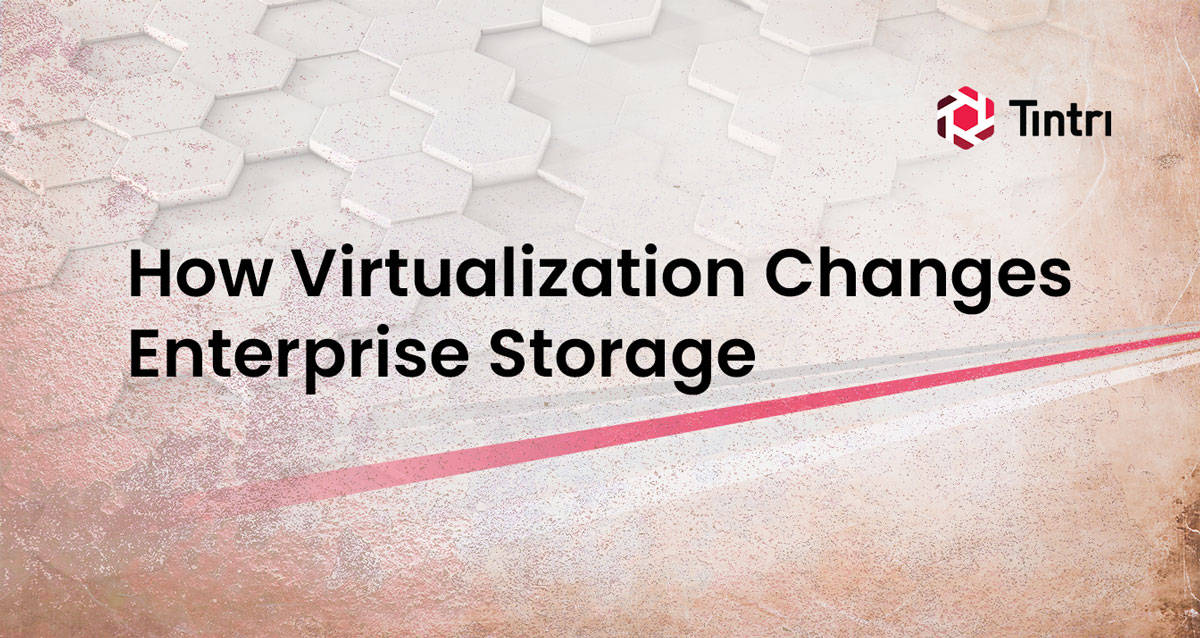“Virtualization has revolutionized IT.”
It’s a familiar refrain, and you’re hard-pressed to find an IT professional that disagrees with the idea that 10 to 20 years from now, all data centers will be virtual. Virtualization offers unprecedented benefits for the server side — from better resource use to greater reliability and flexibility. It’s a foregone conclusion that virtualization rates will increase in the coming months and years.
But on the storage side, until recently, virtualization often increased cost and complexity. As my colleague Ed Lee noted in our blog last week, virtualization poses a serious challenge for old-style network storage — systems whose architecture was laid down before virtualization was even a consideration. This was the initial catalyst that led Kieran and I to found Tintri and develop a purpose-built storage appliance designed specifically for virtual machines.
Until recently, data centers were a collection of hardware devices. IT professionals focused on how the hardware interconnected, and developed a myriad of techniques to manage it: rack location, IP addresses, etc. Enterprise storage management evolved to support direct connectivity, serving all types of non-transient workloads.
Virtual environments pose a new challenge: Where a VM “lives” can change daily. This has meant a shift from dedicated, manually provisioned storage to a shared, flexible model. Several noteworthy data-center trends have followed-on:
1. Higher adoption rates for networked storage. VMs provide much more flexibility when they are not tied to just one machine. VM-specific features like VMware HA, vMotion and DRS are driving adoption.
2. An increasingly diverse application environment. Apps that were previously deployed with direct-attached or dedicated storage can now go to the same device, increasing the complexity of storage I/O behavior.
3. A new demand for easier storage provisioning, corresponding with the ease of creating new VMs and virtual disks.
4. A shift from physical inventory to logical inventory. The virtualization layer has become the new global namespace.
The high demand for flexible, virtualized storage means fundamental change on the storage side. Just as network computing did more than 25 years ago, virtualization is revolutionizing the data center, accelerating efficiency and output. Aligning the storage layer with the virtualization layer — from the ground-up — brings the same efficiency to storage that we’ve grown accustomed to from servers.
We built Tintri VMstore™ based on these principles. For a more detailed look, learn more by reading this white paper, where Ed and I describe our approach.





